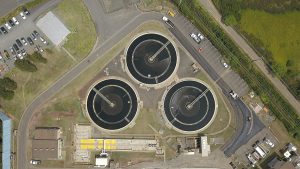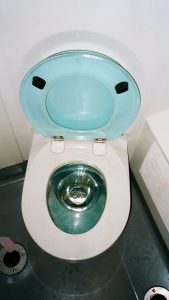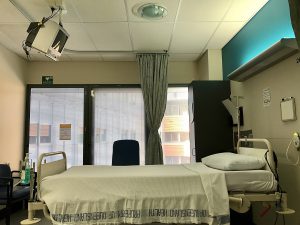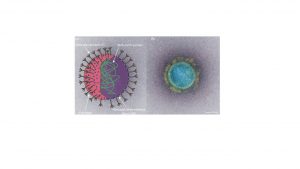Another article showing the value of wastewater surveillance for SARS-CoV-2. This group took weekly samples through the early days of the pandemic and on into the more recent stages and show how well that correlates with what’s known about outbreaks in the catchment area over that time. They again highlight the value of this …
Another chapter in the Diamond Princess story… you can read our last couple of journal club blog posts about the ship here and here. The latest article “Mechanistic Transmission Modeling of COVID-19 on the Diamond Princess Cruise Ship Demonstrates the Importance of Aerosol Transmission” expands this story by modeling the possible routes of transmission of …
So we’ve written a lot about wastewater monitoring as a tool for community-level surveillance for SARS-CoV-2. I thought this article was a nice twist on that… looking at airplanes and cruise ships as a way to better monitor the virus in a travel setting. Abstract below: Abstract Background Wastewater-based epidemiology (WBE) for the severe acute …
Another useful preprint by Shelly Miller at CU Boulder and colleagues. In this case, “Implementing a Negative Pressure Isolation Space within a Skilled Nursing Facility to Control SARS-CoV-2 Transmission” is exactly what the title says. A demonstration of modifying an existing HVAC system to control the flow of air in a high risk environment. Good …
(h/t to Heather Bischel for the link) Yet another really nice and comprehensive review of the state of things regarding wastewater sampling for SARS-CoV-2. “Detection and Survival of SARS-coronavirus in Human Stool, Urine, Wastewater and Sludge“. This paper does a particularly nice job of looking at the following three questions: 1)What is the evidence for …
Moving from hospitals into environmental surveillance for SARS-CoV-2, here looking at detection in wastewater. “SARS-CoV-2 titers in wastewater are higher than expected from clinically confirmed cases“. The title really says it all here… it’s a great demonstration of the utility of wastewater surveillance for this kind of question, although quantification is much harder than just …
A preprint came out yesterday entitled “Transmission Potential of SARS-CoV-2 in Viral Shedding Observed at the University of Nebraska Medical Center“. They looked at actual virus shed by patients in a healthcare setting (as opposed to artificial virus aerosols). They found widespread contamination of surfaces and objects in the room… but all of the detection …
This is a super-short preprint… just a letter and a few tables but contains some really useful information. The authors looked at the viability (not just viral RNA!) of SARS-CoV-2 under different conditions including various surfaces, temperatures, and with various disinfectants. Example good news: The virus is disinfected very readily Example bad news: They detected …
(updated 4/7/20 with revised preprint and publication information) So late last week, the folks at the BioBE Center at the University of Oregon contacted us wanting to write a review of built environment considerations related to the 2019 Novel Coronavirus (COVID-19) outbreak. We worked furiously on it for a couple of days and through the …




